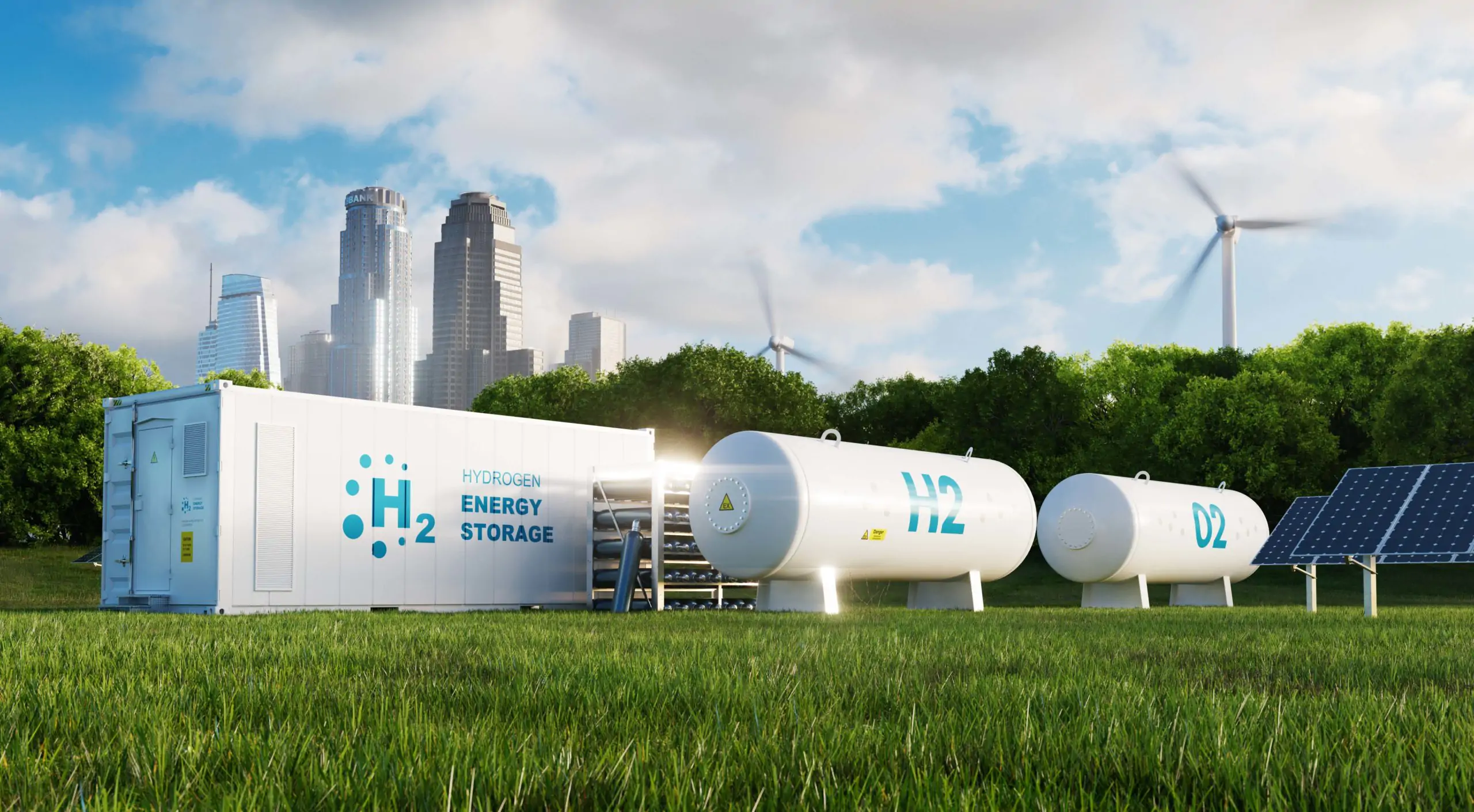Our Expertise:
OLG’s experience with projects reinforces the importance of clients engaging design expertise early in the development. This ensures layout and hazard consideration are assessed and control measures adopted to achieve ALARP (as low as reasonably practicable) for hydrogen risks, and thereby achieve the planned project cost and schedule.
Hydrogen has different chemical and physical properties in comparison with natural gas, LPG and other fuels, and requires special consideration for the hazards it presents.
Some of the technical challenges hydrogen presents are:
- Hydrogen is a very small molecule which requires suitable seals and joints on valves, equipment and piping to prevent leaks.
- Hydrogen can result in embrittlement and failure in some steels.
- Hydrogen has a wide flammability range (4% – 75% by volume) which increases with temperature.
- Hydrogen is very easy to ignite (low minimum ignition energy) with the potential for autoignition of high pressure leaks.
- Although buoyant at low pressures, high pressure leaks can project a significant distance due to momentum before buoyancy takes over.
- Hydrogen is colourless, odourless, tasteless and an asphyxiant.
Why OLG?
OLG’s experienced team understand the design issues and can advise on:
- Gaseous and Liquid Hydrogen hazard considerations.
- Risk assessments/HAZOPs/QRAs/LOPAs.
- Regulatory compliance.
- Plant layout – to minimize hazards to personnel offsite and onsite, equipment and facilities and the environment.
- Optimizing process conditions to minimize the potential consequences of releases.
- Piping systems, materials and equipment specification (ATEX rating).
- Leak detection and monitoring.
- Ventilation and dispersion modelling
- Pressure/explosion relief sizing and vent system design.
- Emergency shutdown systems and shut off controls.
